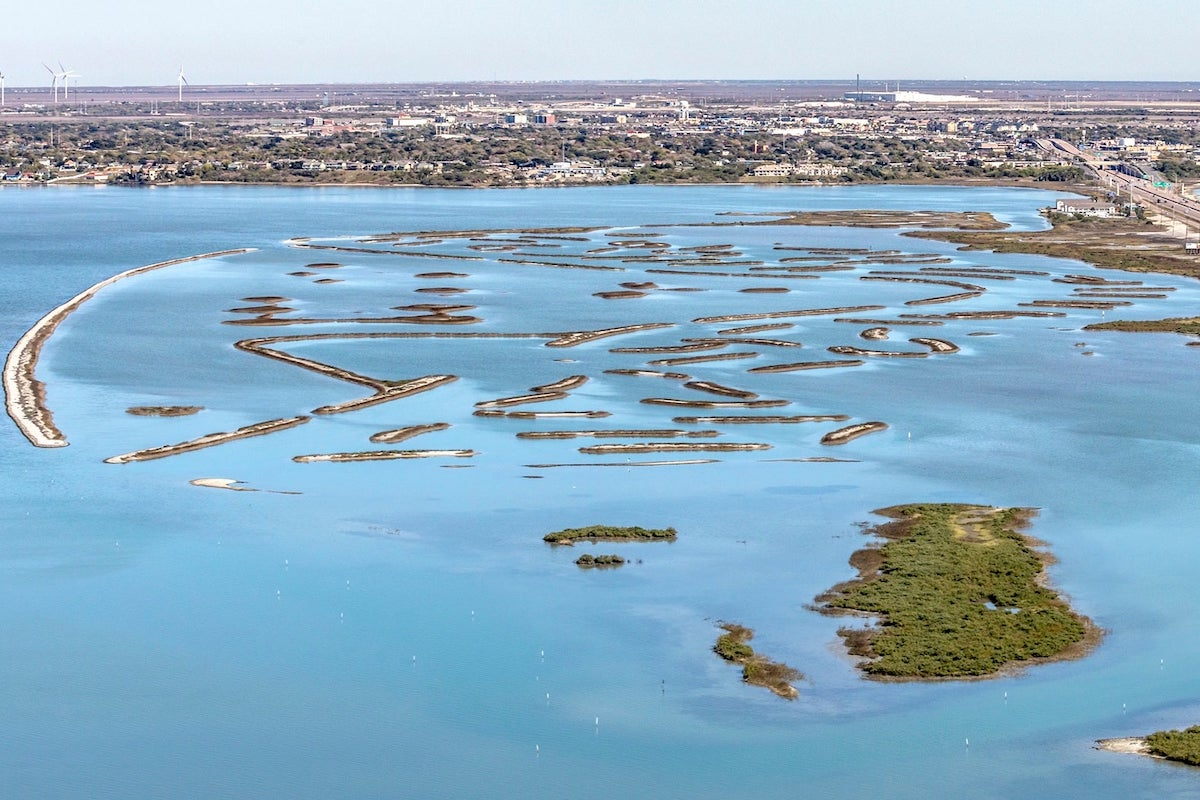The same power and minimum port requirements will be applied to stations at or near county seats but since most county seats are not on the Alternative Fuel Corridors, the minimum spacing requirements do not apply. Spacing off the corridors could be slightly greater (70 miles) in rural counties due to distances between population centers and electrical supply lines in west Texas. Large urban areas will utilize a combination of DC and Level II charging across their respective areas. The mix and location of chargers will be determined based on equipment cost, access to power, community identified needs, and how long a vehicle is parked.
- Expand Electric Alternative Fuel Corridors to include almost all non-business interstate routes.
- Work with the private sector to install DC Fast Charge stations along Electric Alternative Fuel Corridors according to FHWA requirements. The Texas Department of Transportation (TxDOT) will not own or operate the charging equipment.
- Work with Metropolitan Planning Organizations (MPOs) to identify suitable locations to install a combination of Level II and DC Fast Charging infrastructure inside large urban areas. Work with rural counties and small urban areas to install DC Fast Charge stations at or near county seats across the state.
- Collect data from the network to assess usage and identify trends for future development.
Year One will focus on building out the Electric Alternative Fuel Corridors to meet FHWA guidance. This will include rapid re-evaluation of the network to assess private sector development outside the National Electric Vehicle Infrastructure (NEVI) program. Approximately 55 new locations will be needed to satisfy the 50-mile maximum spacing requirements from FHWA. The 55 new locations will complement 27 existing locations installed by the private sector and 26 planned locations resulting from VW settlement grants that meet FHWA requirements.
Year Two (or after Electric Alt Fuel Corridors are completed) will focus on rural counties, small urban areas, and MPOs. TxDOT will utilize a modified formula from its Unified Transportation Program to estimate funds for EV Charging inside MPOs (not shown on the map). Large urban areas will require a combination of Level II charging and DC Fast Charging dependent on the time a vehicle is parked at a location. Ultimately, placement decisions and power ratings will be proposed by the MPOs and consistent with FHWA requirements.
In rural areas, the focus will be installing DC Fast Charging stations at or near county seats. County seats are usually centrally located in the county (all roads lead to the county courthouse) and provide good spacing between urban clusters in rural areas. Vehicle Miles Traveled (VMT) was used to establish a priority list of most traveled non-interstate routes through rural areas. Installing DC Fast Charge stations at county seats with a power rating of 150kW and minimum four ports will fill gaps across rural Texas for off-interstate travelers and enable local farm and work trucks to access the charging network.
Year Three and beyond will continue the work of building out charging infrastructure inside rural counties, small urban areas, and MPOs. Statewide coverage will improve, and the network will progress into more rural areas of the state. As the charging network spreads to more rural areas, the equipment installed may adjust to accommodate varying power supply in the region. A combination of solar/battery equipment may be placed between the charging equipment and the power grid to minimize demand charges and ensure adequate power for four ports rated at 150kW per connector.
TxDOT will contract with private sector entities on a competitive basis to develop EV charging stations across the state. A solicitation with standards and expectations will be developed to collect, evaluate, and award contracts. Contracting language will include all federal requirements and guidelines.
Each selected vendor will work to identify specific installation sites within TxDOT identified EV Study Areas and work with property owners, utilities, and municipalities to complete the installation. The vendor will be responsible for all federal requirements and guidelines and working with TxDOT on environmental clearance. It is anticipated that EV Study Areas could shift/expand during the siting process to better meet FHWA requirements.






































































